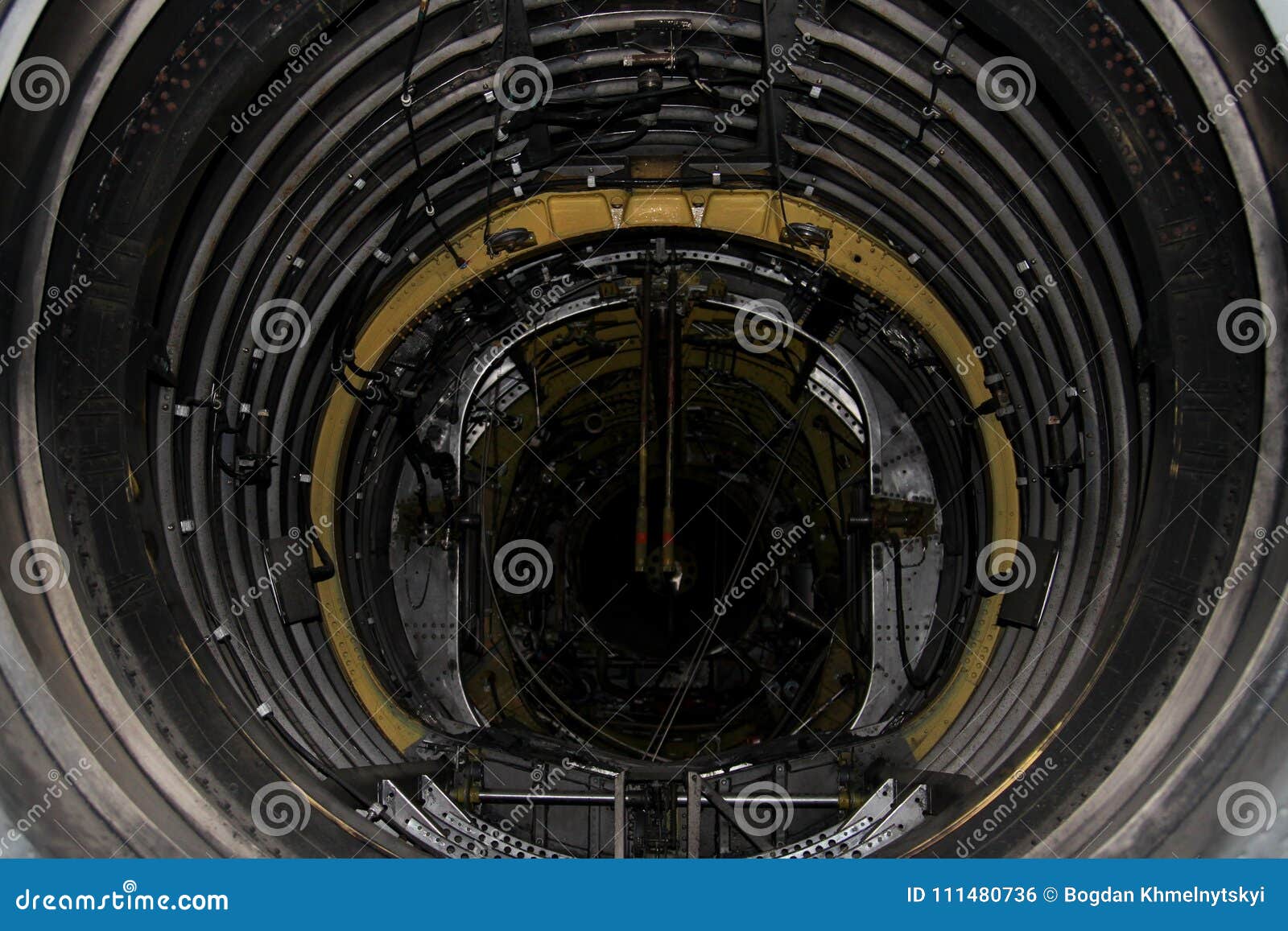The Large Hadron Collider (LHC), the monumental ring buried beneath the Swiss-French border, operates as a veritable crucible of fundamental physics. Elucidated through the powerful lenses of state-of-the-art detectors, it aims to decipher the very fabric of our universe. What happens inside the LHC is akin to a grand orchestration, where particles perform a delicate ballet at incomprehensible velocities and energies, unlocking the secrets of matter and the genesis of the cosmos.
The Architecture of a Particle Collider
Encased within its 27-kilometer circumference, the LHC is a marvel of modern engineering—often likened to the great cathedrals of human ambition yet constructed with sophisticated technology. At its core, the LHC consists of a series of superconducting magnets and sophisticated detectors. The magnets, which are cooled to unprecedented low temperatures using helium, enable particles to be steered along their trajectories with extraordinary precision. This infrastructure is essential to achieving the extreme conditions necessary for proton-proton collisions.
The Genesis of Collisions
Particles are initially produced in a linear accelerator (LINAC) before they traverse the intricate labyrinths of the LHC. At their origin, protons are stripped of their electrons, allowing them to be harnessed for acceleration. This initial launch into the world of high-energy physics sets the stage for subsequent encounters that can yield a wealth of information about the universe’s genesis.
As particles spiral through the collider, they reach staggering velocities—averaging around 99.9999991% of the speed of light. At these velocities, time behaves differently; relativistic effects become significant, and energy transforms into potential. The grandeur lies in the collision events themselves, yielding conditions similar to those just microseconds after the Big Bang.
Events: The Particle Collisions
On collision, an immense energy is released as the protons smash against each other. This energetic upheaval creates an ephemeral soup of subatomic particles in what is known as a “quark-gluon plasma.” It is a fleeting, yet rich state of matter, emblematic of the universe’s earliest moments. Within this chaos, new particles are born, some of which potentially connect to the tantalizing mysteries embedded in the Standard Model of particle physics.
Each collision can lead to the production of exotic particles, including Higgs bosons and even hints of supersymmetry, yearning to establish their place in the cosmic hierarchy. The LHC’s detectors, like ALICE, ATLAS, and CMS, serve as vigilant sentinels, meticulously recording and analyzing the myriad trajectories and decaying signals that emerge from these transient interactions.
The Higgs Boson: A Milestone Discovery
A crowning achievement in the LHC’s illustrious history was the discovery of the Higgs boson in 2012, a pivotal moment that reverberated through the corridors of scientific inquiry. The Higgs field, permeating every nook of the cosmos, offers an explanation for why certain particles have mass. Its elusive qualities transformed the LHC from a mere experimental apparatus into an icon of scientific potential, catalyzing new discussions and theories in contemporary physics.
The Higgs boson serves as a metaphor for the unseen forces shaping our reality: much like the ties that bind people together in a community, the Higgs field unites particles through the fundamental interplay of mass. Each detection of a Higgs boson granted glimpses into a deeper understanding of the universe’s architecture.
Beyond the Higgs: The Search for New Physics
The quest for knowledge inside the LHC extends well beyond the Higgs boson. The search for dark matter, which constitutes nearly 27% of the universe’s mass-energy content yet remains spectra-to-ordinary matter, is among the frontier endeavors spurring intrigue. Theoretical physicists postulate various candidates for dark matter particles, including WIMPs (Weakly Interacting Massive Particles). Enhanced explorations aim to unveil the nature of these elusive entities by searching for indirect signs through collider experiments.
Moreover, researchers investigate the feasibility of supersymmetry, heralding a possible ‘theory of everything.’ Within this framework, every particle would have a corresponding superpartner, effectively doubling the known particle spectrum and potentially rectifying inconsistencies within current models.
Implications and Broader Significance
The ramifications of the discoveries birthed within the bowels of the LHC ripple far beyond the edges of physics alone. Advancements in technology achieved as a result of LHC operations have enriched diverse fields—ranging from advanced imaging techniques to data analysis that permeates sectors such as medicine and information technology. The accelerator complex provides a compelling illustration of how fundamental research can drive technological progress.
Also noteworthy is the collaborative spirit embodied in the process, as thousands of scientists from around the globe converge into a unified endeavor, forging relationships that transcend cultural boundaries. The LHC serves as a beacon of human cooperation, symbolizing our collective drive for understanding and discovery.
Conclusion: The Cosmic Inquiry Continues
Within the encircling walls of the Large Hadron Collider, the echoes of the universe’s history are encapsulated in each collision, each event a fragment reminiscent of cosmic beginnings. As the LHC continues its mission, pushing the boundaries of what we understand, it beckons humanity toward a future replete with questions yet unanswered. Like a portal to the profound, it challenges us to ponder our existence and the mysteries that lie just beyond the veil of our current comprehension.












